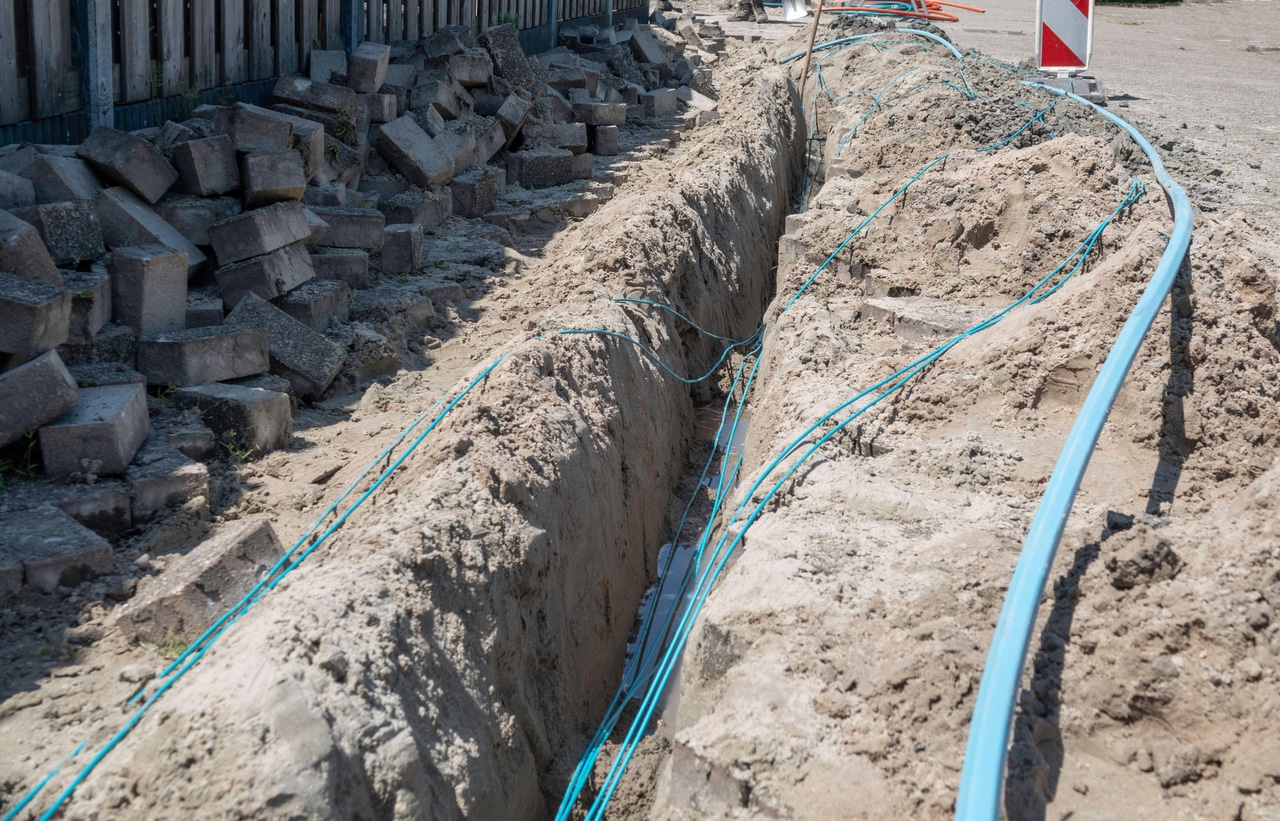Fiber to the Home (FTTH): The Great Wait ContinuesFiber to the Home (FTTH): The Great Wait Continues
Fiber to the Home (FTTH) delivers high-speed Internet connectivity directly to residences and businesses. Its rollout, however, has been something less than breathtaking.
March 27, 2024

You've probably seen the ads: "Arriving Soon! Our high-speed fiber network is coming to your area!" Then, after some research, you discover that "soon" can indeed be a very relative term.
"In the U.S., there are economic, market, and morphology dynamics that have prohibited ubiquitous fiber to the home (FTTH)—and they're all intertwined," says Michael Misrahi, telecommunications leader with business advisory firm EY Americas, in an email interview.
As Internet service providers (ISPs) vie for local dominance, many are jumping the gun and planting the idea that FTTH is just around the corner when, in fact, availability may still be many months or even years away. Still, if you sign up for the service now, they promise you'll be at the very top of the list when FTTH becomes available in your area.
For many eager customers, the wait will be lengthy. "Given the fact that the U.S. has an extensive land mass to cover, there are challenges with rolling out fiber to every household relative to countries that have far more of their population in centralized, urban environments," Misrahi says.
Surmounting FTTH challenges
Bringing fiber to every home and business is an expensive and time-consuming mission. As fiber demand grows, providers have developed innovative and less costly ways to dig ground and place fiber, such as micro trenching, as well as smarter ways to design network rollouts with fewer mistakes, says Ana Pesovic, a fixed networks director with Nokia, in an email interview. "For example, the cost to connect a user went from $3,000 10 to 15 years ago to $500 in an urban area," she explains. "In rural areas, the costs are still higher, making it less attractive for operators to invest in fiber in rural areas." Pesovic believes that governments will need to play a key role in bringing FTTH to everyone who wants it. "It's in their interest to reduce the digital divide and make rural areas an attractive place to live."
While digging and running new fiber has always been, and continues to be, the leading FTTH focus, many service providers are now looking to optimize their existing fiber deployments in an effort to squeeze even more value out of the lines they've already deployed. "A lot of potential revenue can be lost through the inefficient management of existing fiber networks," observes Dave Kenney, vice president and general manager, North America infrastructure, with multinational industrial technology company Hexagon via email.
Future FTTH outlook
Kenney expects to see FTTH rollouts ramp up quickly over the next few years, eventually expanding into smaller cities, towns, and rural areas. He notes that the U.S. government's Infrastructure, Investment and Jobs Act of 2021 included $42.5 billion for expanding broadband access. "States are expected to start distributing those funds this year," Kenney says.
With the demand for high-speed networks increasing, Kenney expects to see a growing number of businesses investing in FTTH, with state and local governments subsidizing rollouts as an economic development incentive. "We're also seeing smaller companies and local governments entering the market to speed up the deployment of fiber in underserved areas," he says. "Having an enterprise geospatial asset management system will be a vital part of the budgeting and decision-making process to ensure the funds are used efficiently and wisely to support the resulting projects."
Yet, for many current cable providers, the switch to fiber will be anything but easy and straightforward. "In general, cable operators are trying to find a balance between fiber and their existing legacy networks, which are currently DOCSIS-based on an HFC infrastructure," Misrahi says. "The idea that cable operators will rip out their viable DOCSIS-based high-speed broadband and replace it with fiber doesn't make much sense, and the consumer wouldn't notice much of a difference at the moment." Therefore, he notes that cable operators are generally looking to become hyper-strategic about how they allocate capital into the network. "It's likely that their networks will fiberize over a long period of time, across new builds and continuous upgrades, on existing infrastructure that's tied to market demand and the business case."
Reaping the benefits of FTTH
There's virtually unanimous agreement that FTTH will ultimately replace copper Internet cables. Fiber-optic cables have a much higher bandwidth than traditional copper-based coaxial cables. This attribute allows FTTH to support 100Gbps speeds and, eventually, even higher.
"The beauty of fiber is that it's the fastest and greenest of all broadband technologies, and lasts forever," Pesovic says. Unlike copper, fiber never corrodes. "To increase fiber capacity is very easy," she notes. "You don’t need to touch the [cable], just replace the electronics that run on higher speeds at both ends of the fiber."
Related articles:
About the Author
You May Also Like




